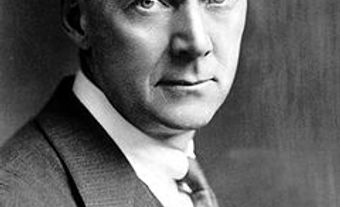His imagination was the main source for his poem, but he used the work of Abbé Raynal (a contributor to Diderot's Encyclopédie) and of T.C. Haliburton to provide background material. The poem quickly gained worldwide popularity. Its first translation into French in N America was by Pamphile Le May in 1865, but 1851 had already seen its translation into German and Polish, and in 1853 a French translation was published in London. For Longfellow the story was "the best illustration of the faithfulness and constancy of women that I have ever heard of or read." But for many Acadians, especially those of the elite at the turn of the 19th century, it was the true story of their ancestors, "those simple Acadian farmers" who "Dwelt in the love of God and of man. Alike were they free from/Fear, that reigns with the tyrant, and envy, the vice of republics." To them it was the poetic distillation of their history, the true legend of their past.

 Share on Facebook
Share on Facebook Share on X
Share on X Share by Email
Share by Email Share on Google Classroom
Share on Google Classroom




